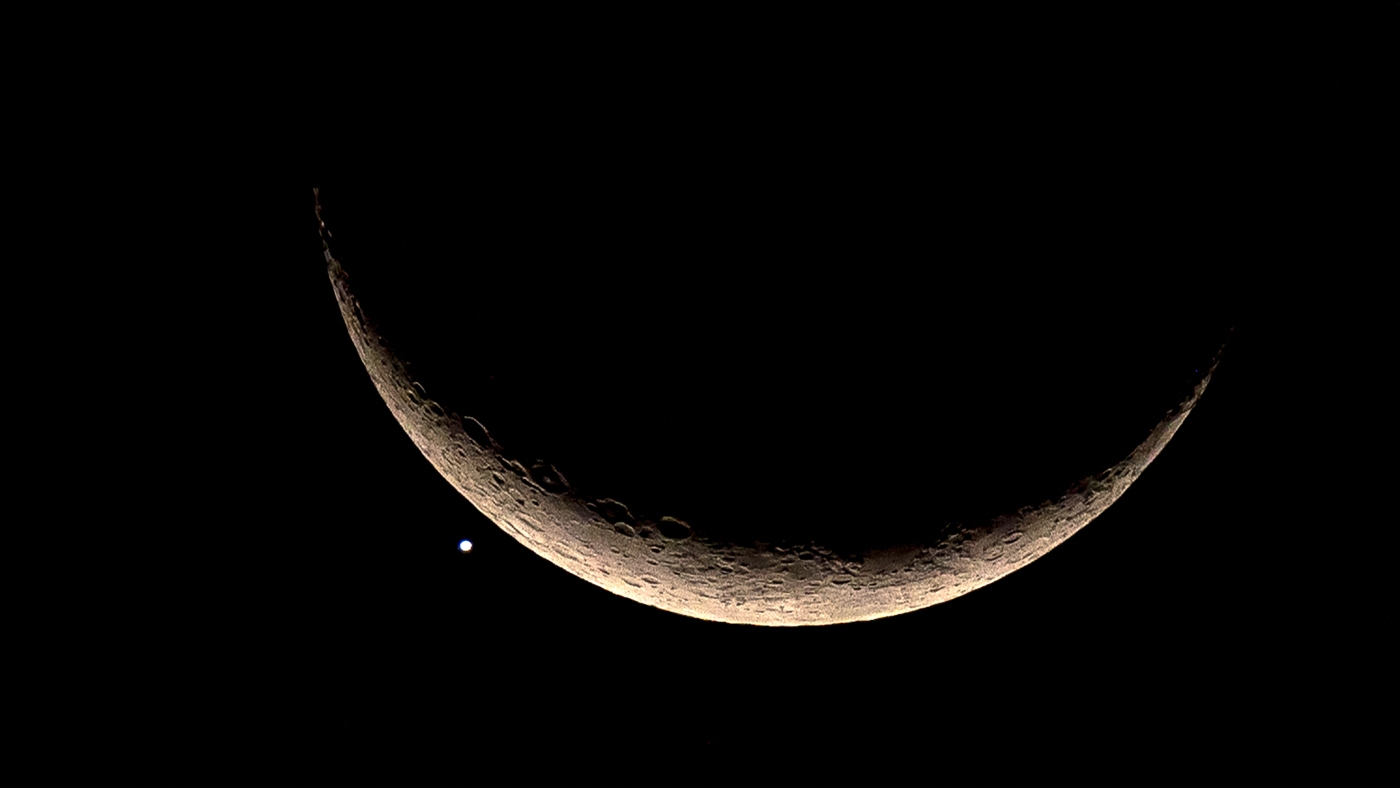A Soviet spacecraft called Kosmos 482 was launched back in 1972 with big plans to explore Venus. Unfortunately, an engine failure put it in a loop around Earth instead. Now, after decades, it is finally poised to reenter Earth’s atmosphere this weekend.
Jonathan McDowell, an astronomer at Harvard & Smithsonian, describes it as the spacecraft’s “final death plunge.” He thinks it’s more likely to land in water than on land. “There’s a slight chance it could hit something, causing property damage, and a very minimal chance of injuring someone,” he told NPR’s All Things Considered.
Interestingly, the probe might not burn up during its reentry. McDowell notes that its heat shield is designed to withstand the harsh conditions of Venus’ atmosphere. Because of this, he expects it will reenter almost intact.
Initially, Kosmos 482 was equipped with various scientific instruments like temperature sensors and radio transmitters to study Venus. But things went awry when it failed to leave Earth’s orbit. Research points out that pieces of this spacecraft might have landed in New Zealand shortly after its launch.
Similarly, its lander remains in orbit and could potentially survive the return. Designed to handle Venus’ extreme conditions, it includes a parachute, though its functionality after so many years remains uncertain. According to estimates from Marco Langbroek, a lecturer at Delft University of Technology, the reentry point could range from Canada to the southern tip of South America.
If the lander survives, it may hit the surface at around 150 miles per hour. With a dense layer of atmosphere, reentries like this bring both risks and scientific intrigue. As we monitor this event, it serves as a reminder of our ongoing journey into space and the technologies that shape it.
For more detailed technical information, you can check NASA’s insights on Kosmos 482 here, and Marco Langbroek’s estimate of the reentry trajectory here.





















-Reviewer-Photo-SOURCE-Julian-Chokkattu.jpg?w=480&resize=480,480&ssl=1)
